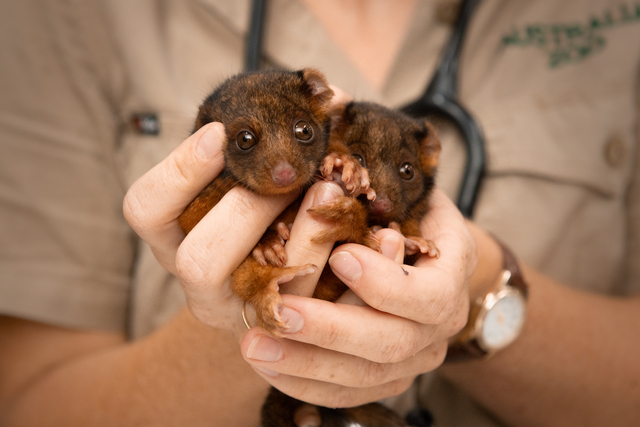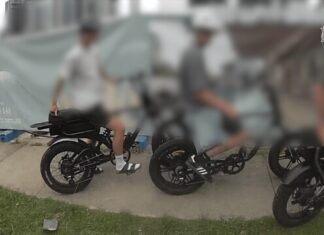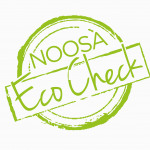Wildlife carers and veterinarians across Noosa and the Sunshine Coast responded to hundreds of distraught animals and wildlife following the recent storms.
Wildlife Noosa attended to multiple incidents of nests and young chicks being blown out of trees, some of which were felled by the strong storm winds.
Volunteers at Wildlife Noosa posted on their Facebook page: “Multiple calls for nests and chicks blown out of trees and trees blown down tonight.
There are no better carers than the parents.”
“If this has happened on your property, please try to construct a makeshift nest out of a basket, ice cream container with nesting material in it and tie it to the same side of the tree where the nest is or used to be.”
“Make sure if it’s a container that if too deep a chick can get out if/when ready by having a branch on the inside it can climb out from and it has ventilation holes. Make sure nesting materials have no ants or bugs in it and whatever you tie to a tree, also has drain holes.”
“This may need adjusting during the day, preferably after they have been fed in the morning, to provide the best shelter, under foliage and heat from the afternoon sun.”
“Do not take them far from where they were and make sure the parents reunite with them.”
The Australia Zoo Wildlife Hospital was also responding to the storms, which left dozens of animals injured and in urgent need of help.
More than 60 patients were admitted in the early hours of Monday morning (25 November), with additional animals continuing to arrive from across the region.
Dr. Ludo Valenza, Wildlife Hospital Manager, said: “It’s all hands on deck at the Wildlife Hospital as we continue to navigate the influx of injured and displaced wildlife.”
“The destructive winds, hail and heavy rain have caused mass habitat destruction, tearing down trees, destroying nests, and leaving countless baby animals stranded on the ground.”
“The most common patients we are seeing are birds, with many chicks blown from their nests and found on the ground in desperate need of help.”
Among the many birds displaced from their nests are Penelope, a tiny crested pigeon; three young herons found at the base of a tree after destructive winds brought it down; and two juvenile spoonbills, Soupy and Douglas, who were also found on the ground.
The state-of-the-art rehabilitation facility is also treating other animals affected by the storms, including Polly, a common ringtail possum who fell from a tree and sustained injuries to both back legs. Polly’s two joeys, Lolly and Solly, were clinging to her back and thankfully survived without injury. The joeys will lovingly remain by their Mum’s side as she recovers under the expert care of our veterinary team.
“These animals have had a tough run, but our entire team at the Australia Zoo Wildlife Hospital is working around the clock to ensure every single patient receives the treatment and care they deserve,” Dr. Valenza said.
The Australia Zoo Wildlife Hospital operates 24 hours a day, seven days a week, available to help sick, injured and orphaned wildlife.
To find out more about our work and donate, visit wildlifewarriors.org.au







